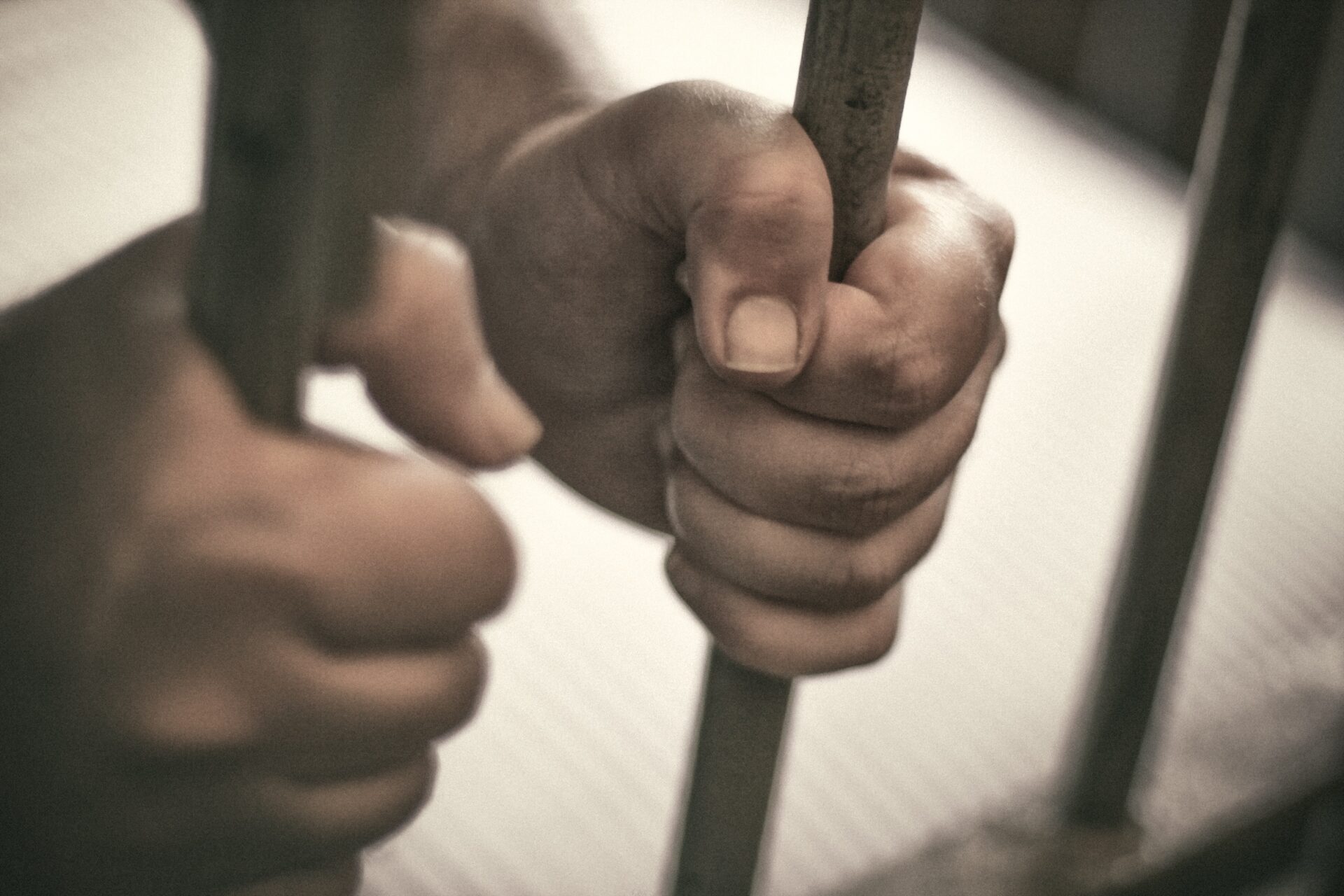
by Daniel Johnson
April 26, 2025
Research present Black kids are incarcerated at practically 5 instances the speed of their white friends.
Racial disparities within the juvenile justice system have tended to reflect these within the grownup prison justice system, and federal knowledge that was launched in March means that the disparity is widening within the juvenile justice system.
In response to NPRthough the results of the school-to-prison pipeline have been beforehand studied, knowledge from 2023 signifies that Black kids are six instances as seemingly as white kids to be incarcerated whereas indigenous kids are 4 instances as seemingly, underscoring the speed of incarceration of these populations within the prison justice system.
Josh Rovner, the director of Youth Justice on the Sentencing Venture, advised the outlet that that is the worst disparity on report.
“That is the biggest Black-white disparity on report. That is the biggest Native-white disparity on report. We see that youth of coloration are simply not given the leniency or the common sense responses that white youth are given,” Rovner advised NPR. “The off ramps that exist all through the system are far more accessible to white youths who’re equally located than to Black youth.”
One other issue within the disparity is, satirically, a discount in incarceration general. This, in accordance with Perry Moriearty, an affiliate professor on the College of Minnesota Legislation Faculty who makes a speciality of juvenile justice, typically ends in elevated inequality in incarceration.
“After we cut back incarceration general, writ massive, disparities typically go up. What you’d typically hear is ‘We’ve now lastly obtained the youngsters who must be there. I disagree in a extremely basic method with that premise. The youngsters who stay are sometimes the youngsters with extra advanced wants. They don’t seem to be the youngsters who’re inherently extra harmful or who’re much less redeemable. They’re children we might attain in different methods. And the truth is, we’ve chosen to not,” Moriearty advised the outlet.
Nate Balis, the director of the Annie E. Casey Basis’s Juvenile Justice Technique Group, indicated that the school-to-prison pipeline involves bear on the present disparity due to the best way that Black youth particularly are launched from custody or detention.
“Youth are being launched extra slowly from detention, and Black youth are being launched far more slowly from detention as soon as they’ve been detained,” Bialis advised NPR. “The longer younger individuals keep in detention, the much less seemingly they’re to, for instance, enroll at school, far much less more likely to ever graduate, extra more likely to be rearrested than younger people who find themselves not detained. They’re extra more likely to be concerned within the grownup system once they grow old.”
He continued, laying the blame on the toes of the adults who management the system itself and never the youngsters who turn into its victims.
“Altering youth incarceration, youth detention, altering how we reply to younger individuals, altering how lengthy they keep, these are choices made by adults, not made by children. If we need to perceive why youth are being held in detention facilities longer, that’s not due to the youth conduct. That’s due to grownup conduct.”
RELATED CONTENT: Teen’s Incarceration With Adults In Alabama Attracts Criticism

